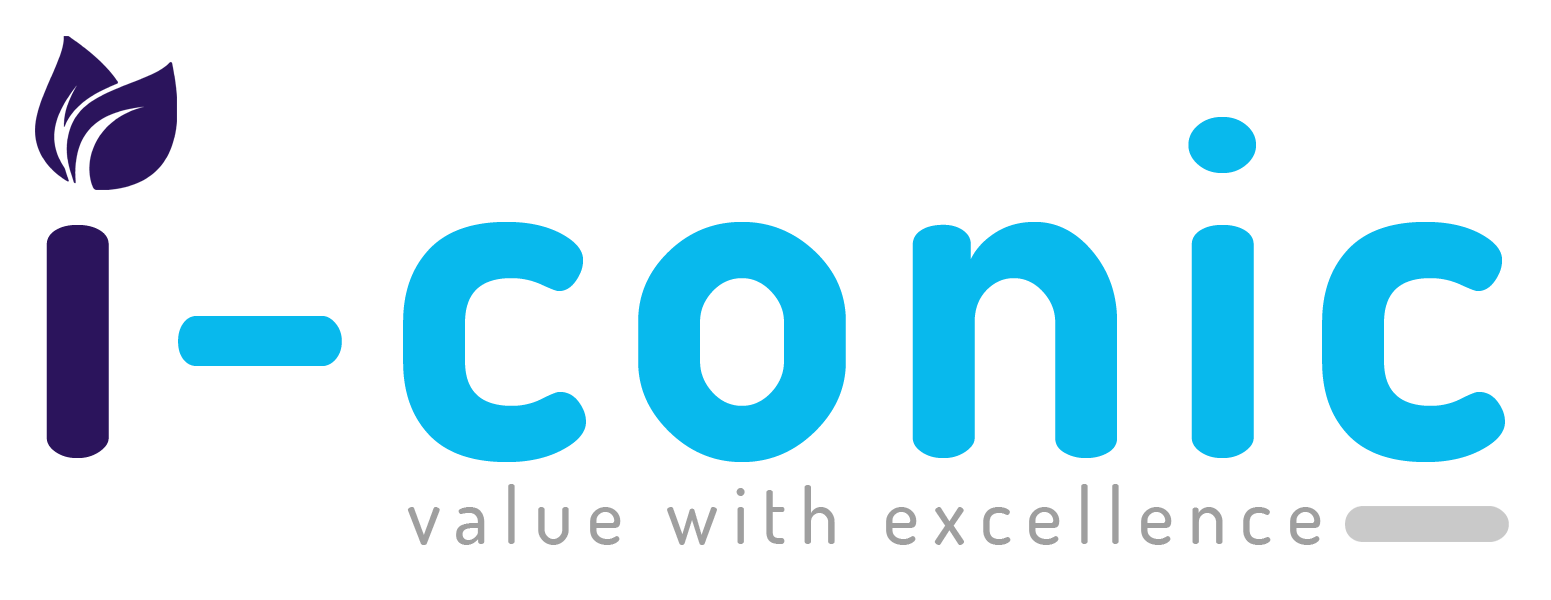Introduced by the Centers for Medicare and Medicaid Services (CMS) in 2013, the Two-Midnight Rule is an important policy that controls whether patients in healthcare facilities are classified as inpatients or under observation status. This guideline has major ramifications for medical billing and coding procedures and is essential in identifying the proper degree of treatment for patients.
Deciphering the Two-Midnight Rule as we examine the distinction between inpatient and observation status:
Explore Now: https://i-conicsolutions.com/
Overview : The Two Mid-night Rule
The idea of hospital stays and the anticipated length of time for medically necessary care are at the heart of the Two-Midnight Rule. Inpatient payment is deemed reasonable, per the guideline, when a patient is anticipated to need hospital care that is medically necessary for a minimum of two midnights. This is a crucial factor in determining if a patient qualifies as an inpatient.
Conversely, when treatment is anticipated to last fewer than two midnights, observation stays are advised. This distinction is important because it affects the way medical professionals code and bill for the services they offer to patients.
Time of Admission and Two-Midnight Rule:
The importance of the admittance time is a noteworthy feature of the Two-Midnight Rule. For example, a patient may be placed in inpatient status if they are admitted at 11:59 PM and need 26 hours of care because their care is anticipated to take place over two midnights. But since the anticipated length of care is less than two midnights, the patient has to be placed in observation status if the admission happens at 12:01 AM.
Exceptions to the Two-Midnight Rule:
There are some exceptions to the Two-Midnight Rule, even though it offers a broad structure. One example of an exception is recently started mechanical ventilation. Inpatient status is usually necessary regardless of the expected length of care if a patient needs mechanical ventilation shortly after admission. This exception recognizes the seriousness and urgency of some medical situations that call for hospitalization.
Furthermore, the Two-Midnight Rule does not apply to treatments that are included on the Inpatient Only List. The rule does not apply to these operations because they are by their very nature inpatient. This exclusion guarantees that proper billing and coding processes comply with the particular specifications of these procedures.
Revisions to the Two-Midnight Rule
The Two-Midnight Rule has been updated since its establishment to solve issues and make it more useful. The goal of these changes is to create a compromise between giving precise instructions and taking into account the complexity of patient care.
Impact on Medical Billing and Coding:
The Two-Midnight Rule has a big impact on the coding and billing procedures for medicine. Accurate payment and adherence to CMS regulations depend on accurately classifying patients as inpatients or as being under observation.
Reimbursement rates for inpatient care are usually greater than those for observation stays. Thus, it is imperative to comprehend and appropriately implement the Two-Midnight Rule to guarantee that healthcare practitioners are fairly compensated for the quality of treatment rendered. On the other hand, misclassification could result in audits or payment denials, among other financial consequences.
Medical coders are essential in converting the Two-Midnight Rule into the proper billing codes. The codes assigned by the Current Procedural Terminology (CPT) and the International Classification of Diseases, Tenth Edition (ICD-10) must precisely represent the patient’s status and the type of care they are receiving. Coders must be well-versed in the nuances of the regulation in order to guarantee adherence and avoid coding mistakes that can lead to disparities in billing.
Conclusion:
A crucial rule that determines whether a patient is classified as an inpatient or as being under observation depends on how long they are expected to receive medically necessary care. This rule is known as the Two-Midnight Rule. Healthcare providers, coders, and billing specialists must comprehend the subtleties of this guideline in order to guarantee correct payment and adherence to CMS requirements.
The rule has a significant effect on medical billing and coding, having a direct impact on billing procedures and payment rates. Following the regulation guarantees healthcare institutions’ financial stability and encourages openness and accountability in the provision of patient care.
Also Read : https://i-conicsolutions.com/decoding-the-2024-pfs-final-rule-what-healthcare-providers-need-to-know/






